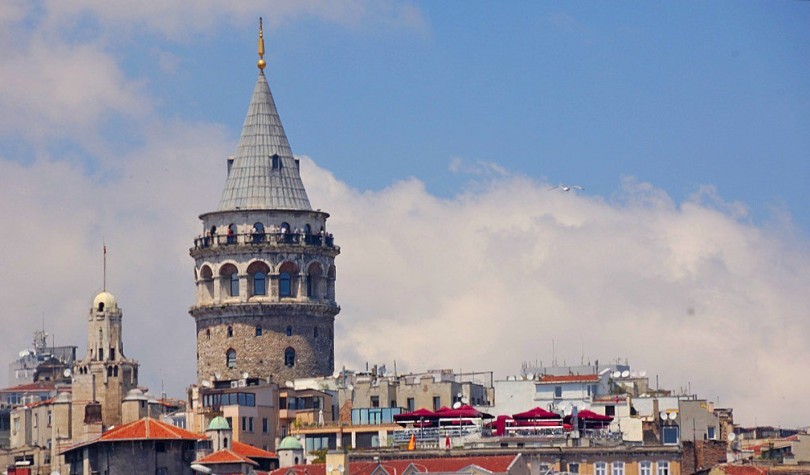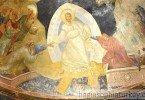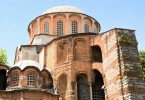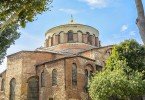Located in old Pera (Beyoğlu) where Golden Horn meets the Bosphorus, the Galata Tower has a Byzantine origin. In order to guard the entrance to Golden Horn, Justinian built a Byzantine Tower called “Megalos Pyrgos” which was replaced by the Genoese and named as “Christea Turris” (Tower of Christ).
After the 4th Crusade, it was used as a watchtower surrounded by walls. There was a cross on the wooden top of it. After the conquest of Constantinople, Mehmed II acknowledged the privileges of Galata and a voyvoda administed it. Takiyüddin Efendi – a famous astrologer- added an observatory to the tower and the Sultan Selim III built the balcony.
In 1960s, the wooden interior was replaced by a concrete structure. It was used as a prison and later as a dormitory for military band.
Altough it experienced many fives & earthquakes we can still see the effects of the Genoese style in the first three floors. Today, there is a restaurant & coffee on the upper floors.
Its current name Galata is thought to have came from “calata” in Italian which means the road that leads down to the sea.
The Galata Tower is mostly famous for “Hezerfan Ahmet Çelebi” who tried to fly across the Bosphorus with his wings made of eagle feathers from the Galata Tower and succeeded in landing safely.









